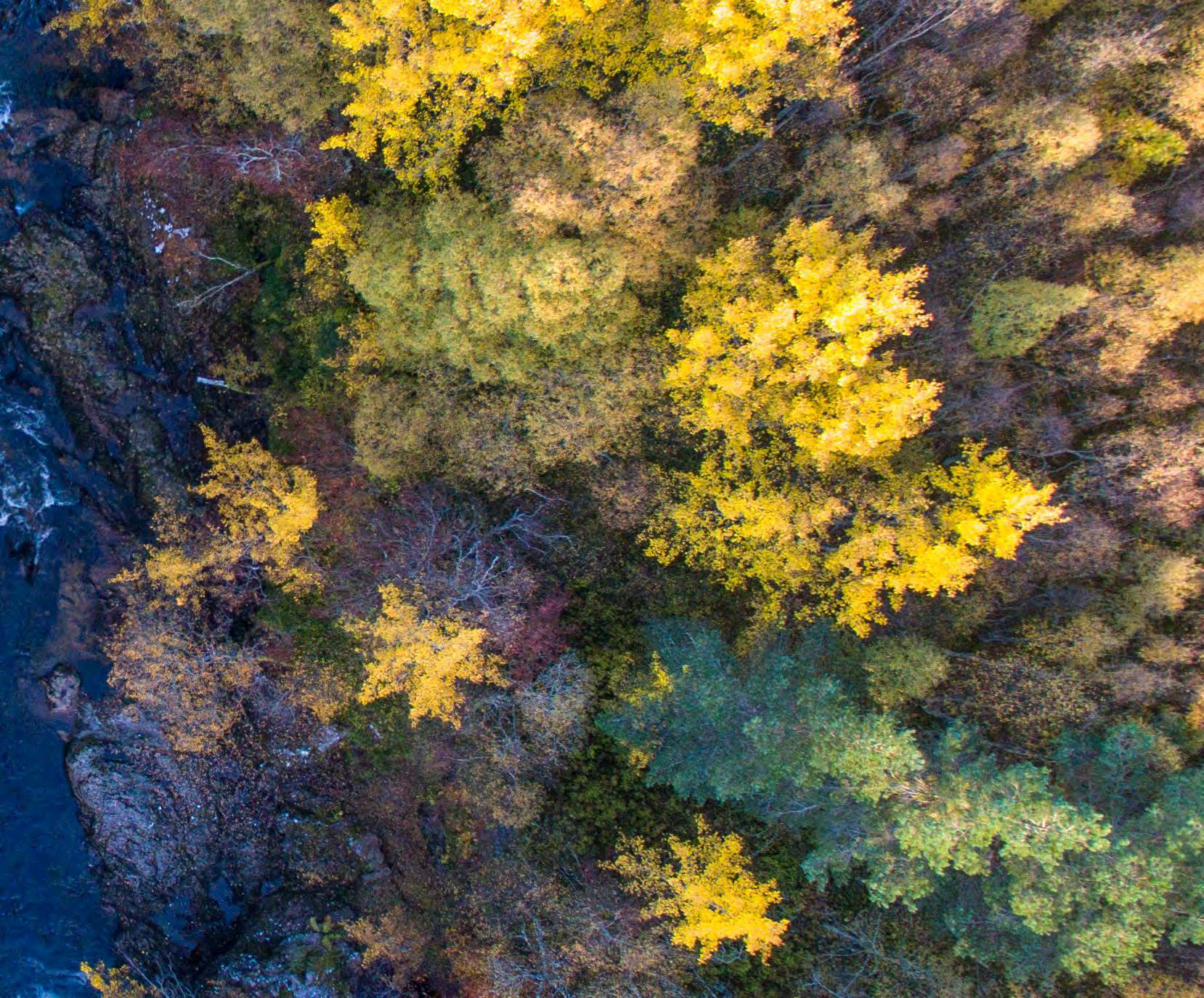water lands
The lifeblood of Scotland’s ecosystems
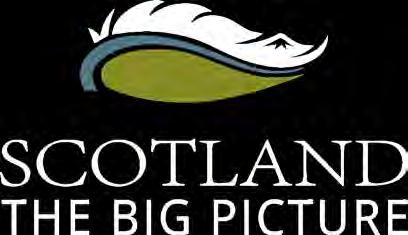
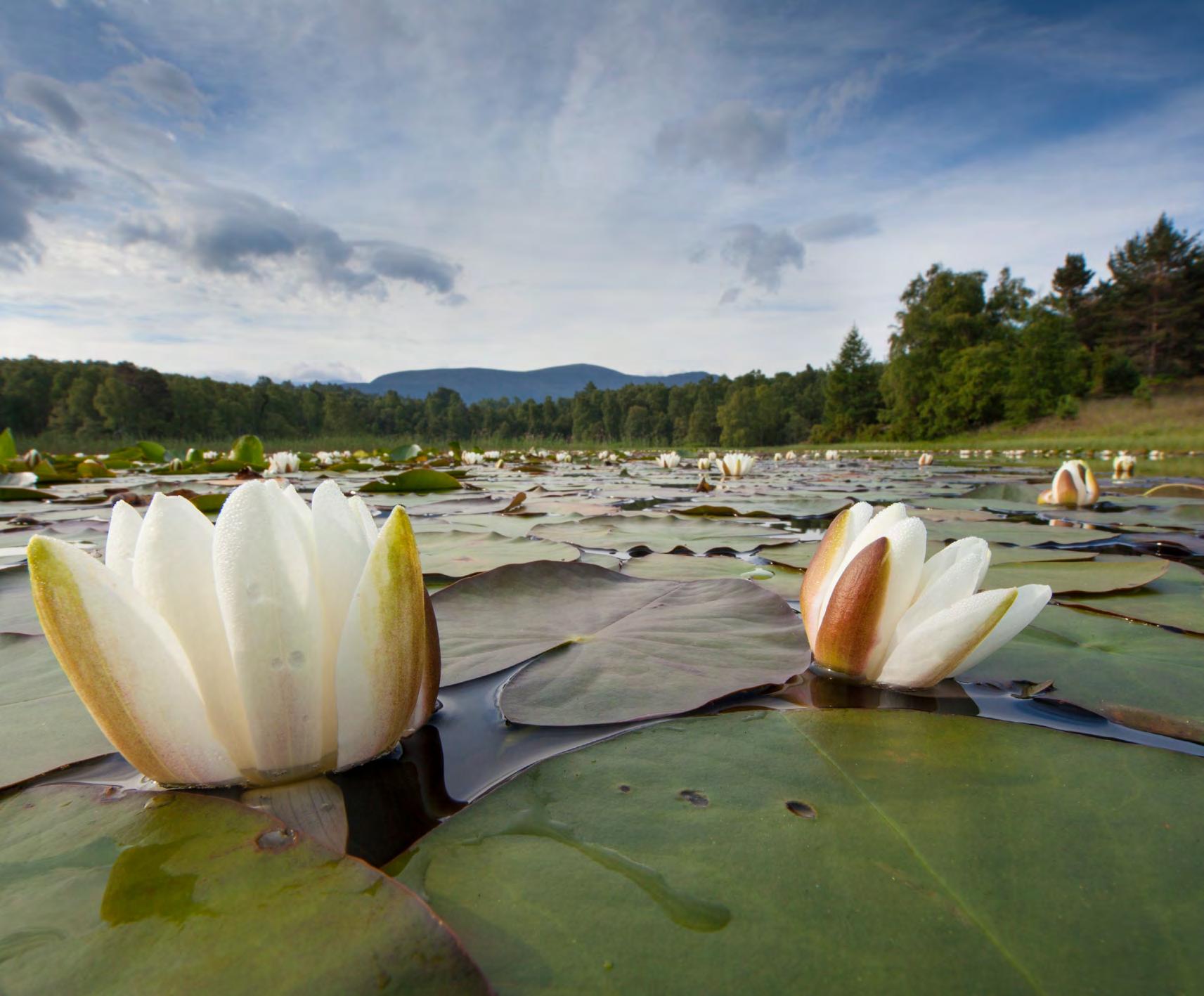
Water – H2O – is a simple molecule of just three atoms, but it forms the very basis of life on Earth. Every living organism on the planet is dependent on this most precious resource in some way or another. For most of us, water is something that we take for granted – it’s on tap, literally – and only when it impacts adversely on our lives do we give it any thought. For wildlife, water is a fundamental part of daily survival, and not just as drinking water: for many species, bodies of water act as a source of food, as well as somewhere to raise young.
That we treat wetlands and the water within them with such low regard is perhaps symptomatic of modern society, but the story of wetlands has followed a similar fate to that of almost all other habitats – one of loss, degradation and pollution.
Yet we know that incredible things happen when land and water meet to create wetlands. These extraordinary places teem with life, providing homes for endangered and muchloved species. Wetlands provide vital ‘service stations’ for millions of migratory birds, and nurseries for fish. Myriad invertebrates dwell beneath the surface, providing food for those birds and fish, as well as for mammals. For us,
wetlands provide essential protection against the impacts of the climate crisis and pollution, as well as a place to relax and switch off from the demands of daily life.
“We know that a blue environment can be as good or even better for you than a green one: living near or visiting the coast, rivers and lakes increases people’s reported levels of mental health and wellbeing.”
Sir James Bevan, Chief Executive, UK Environment Agency, September 2020
What are wetlands?
Wetlands are ecosystems that are either permanently or seasonally inundated with water, supporting a wealth of specially adapted species and providing many of the essential ecosystem services that make life on earth possible. They include lakes, rivers, marshes, wet grasslands, estuaries, saltmarshes and human-made sites such as ponds and reservoirs. Ranging in size from garden ponds to the vast expanses of intertidal estuaries, wetland habitats are dynamic, changing with the seasons and over time, to form a giant web connecting all the creatures that rely on them.
Wetlands play an essential role in regulating the movement of water through landscapes. They span a wide variety of habitats, from lakes and water meadows that store water, to meandering rivers that slow the flow of water through the countryside.
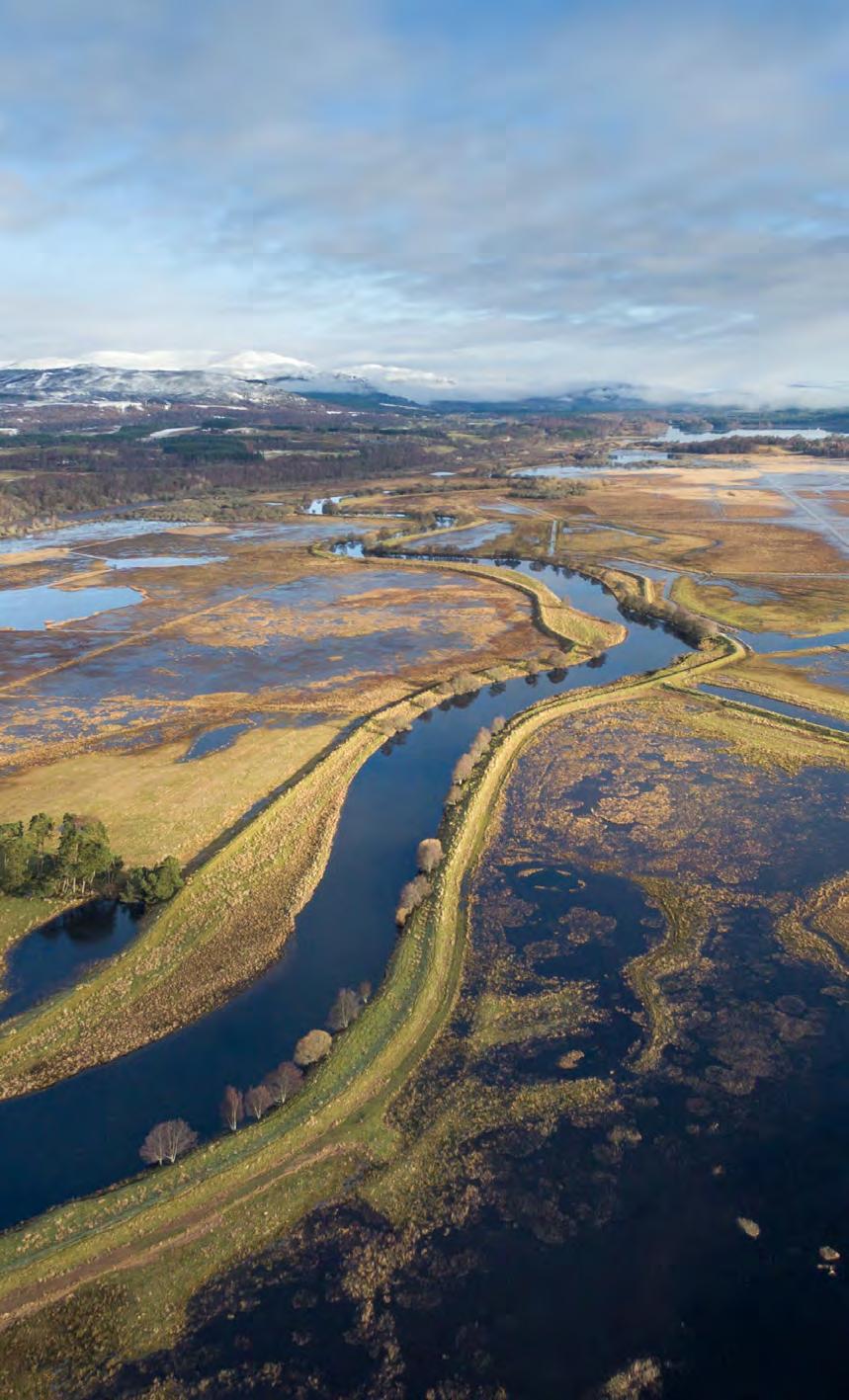
Seen from above, the extent of deforestation around the Allt Gleann Laoigh in Assynt is clear. The complete lack of trees along this stretch of the river is not uncommon throughout much of the Scottish uplands. Consequently, the water is subject to the full warming effect of the sun, which in summer may rocket towards 25 degrees Celsius, a temperature deemed harmful or fatal for most fish. As the planet continues to warm, higher summer temperatures will inevitably become the norm, and without urgent action the aquatic life within these river systems will come under serious threat of extinction.

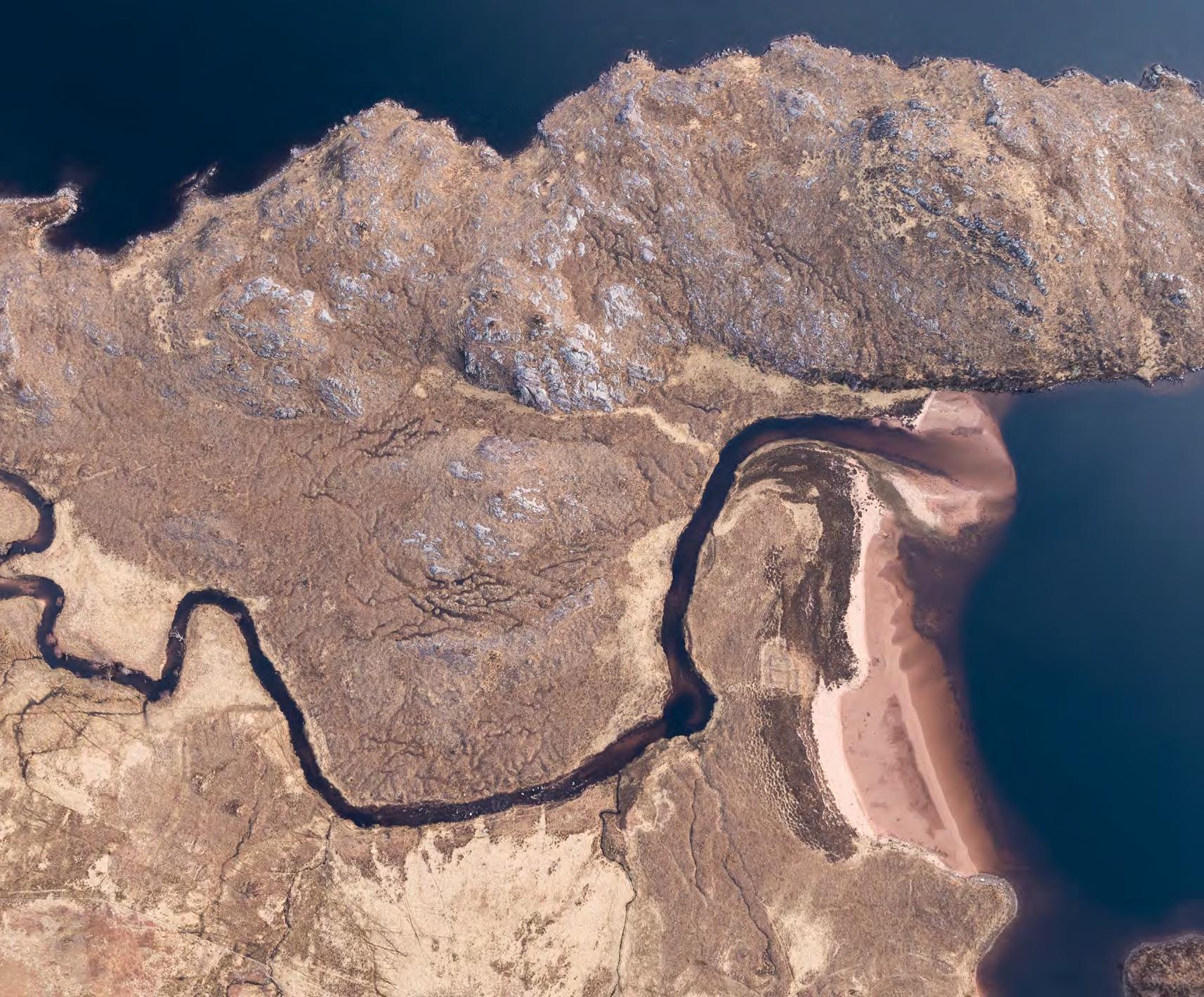
Flowing east, the River Tummel races over a series of rapids and waterfalls into Loch Faskally, and passes through Perthshire’s Big Tree Country before heading south to join the Tay. Just south of Pitlochry, the rare freshwater shingle habitat of Tummel Shingle Islands provides an ever-changing environment for more than 400 plant species to thrive alongside breeding birds such as ringed plover, oystercatcher and common tern.

Otters were once found in every county of the British Isles, but the population plummeted to an all-time low in the 1970s as a consequence of hunting, persecution and pollution, with their remaining strongholds around the coast. Numbers are on the rise again now, and otters have returned to most rivers across the country, with regular sightings in urban areas too, where they can become surprisingly accustomed to people.
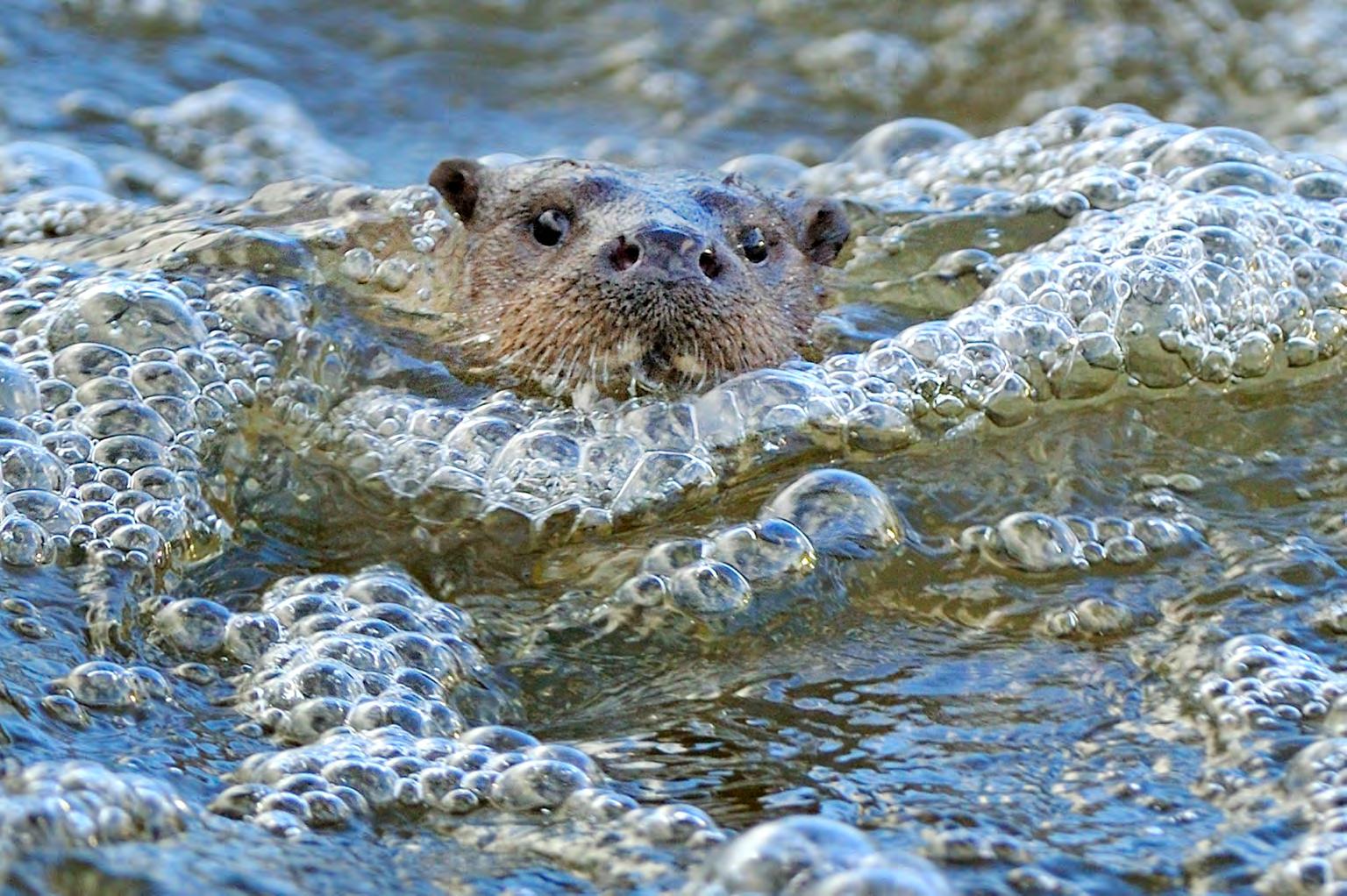
Insh Marshes in the Cairngorms National Park is an extensive wetland, part of the River Spey floodplain. In spring, these wet meadows provide habitat for breeding waders, such as curlew, snipe, redshank and lapwing. For thousands of years, this floodplain would have been grazed by wild horses, aurochs (ancient cattle) and deer, creating a mosaic of habitats. Today, Highland cattle and Konik ponies spend the summer here, closely replicating the natural grazing patterns of their ancestors and supporting a rich diversity of specialised plants and flowers.
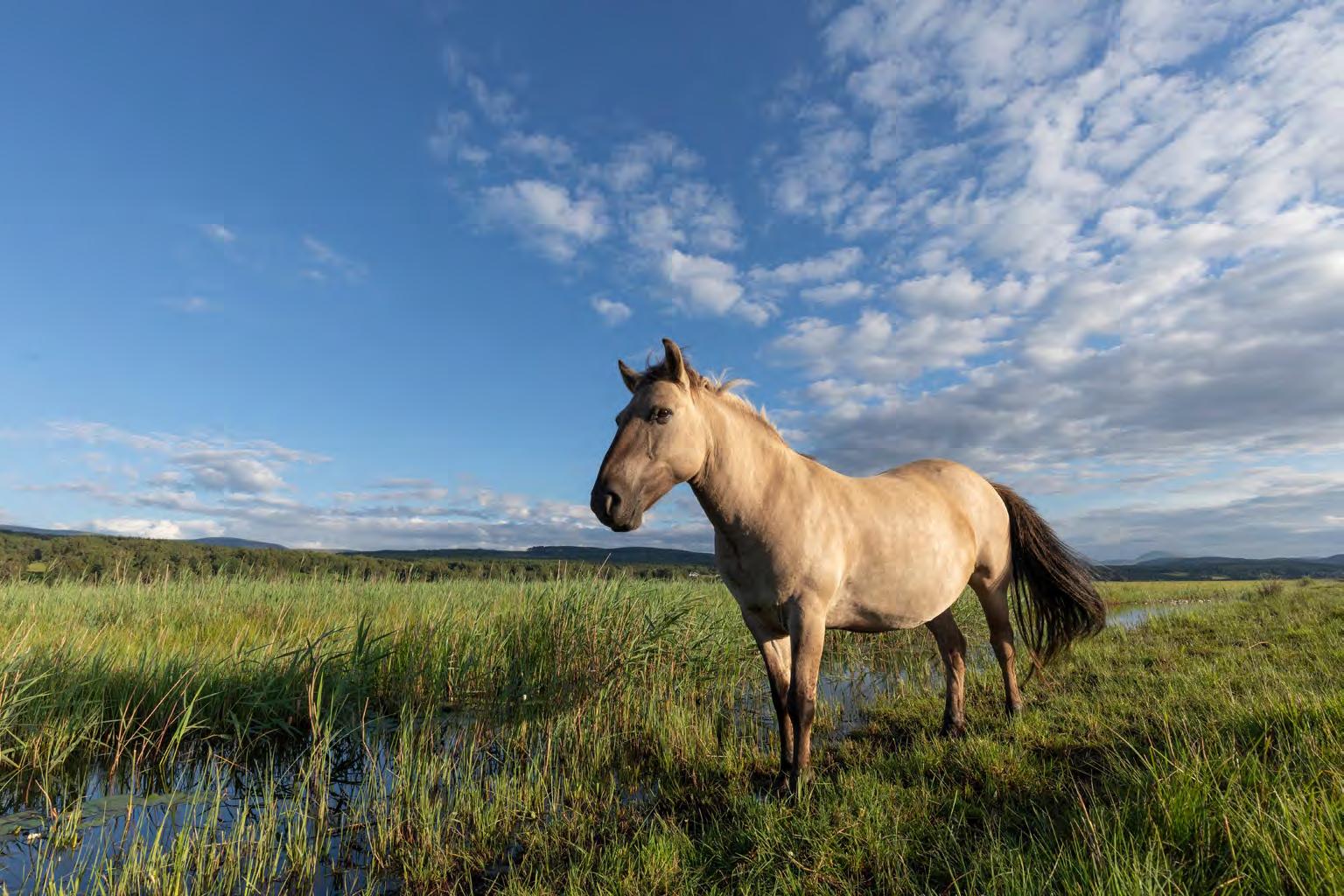
Wetland flowers such as those pictured here – purple loosestrife (top left), ragged-robin (top right), melancholy thistle (bottom left) and common bistort (bottom right) – provide a valuable food source for a diversity of insects throughout the summer.
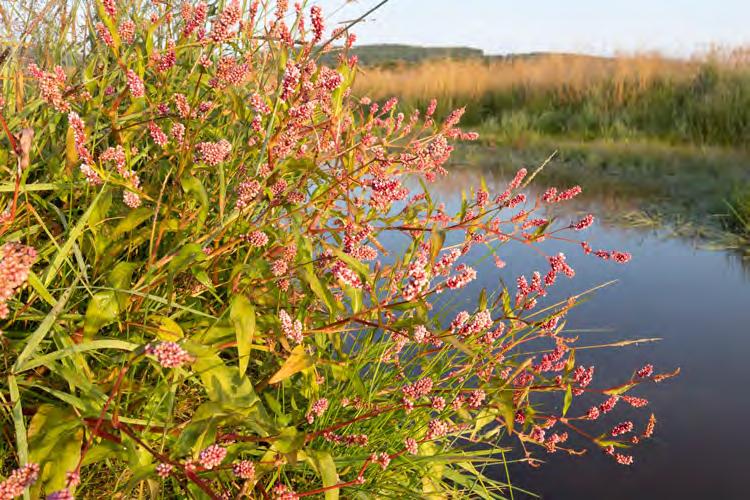
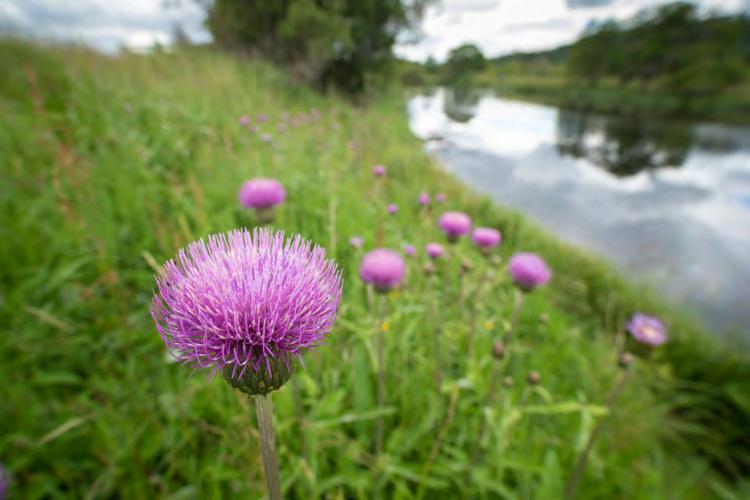
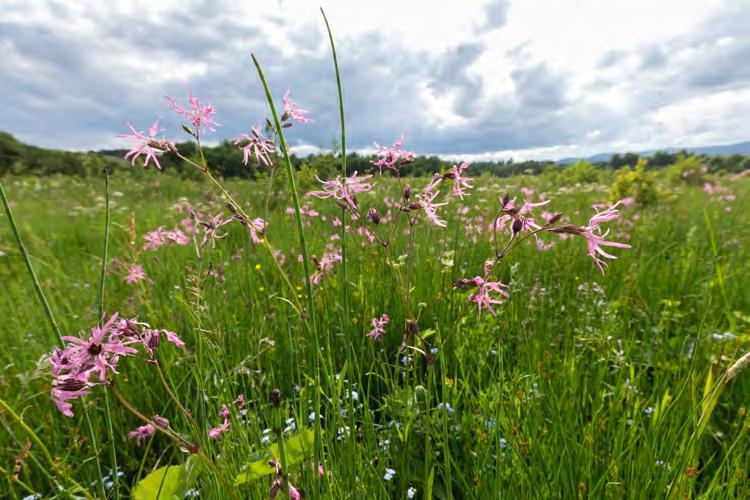
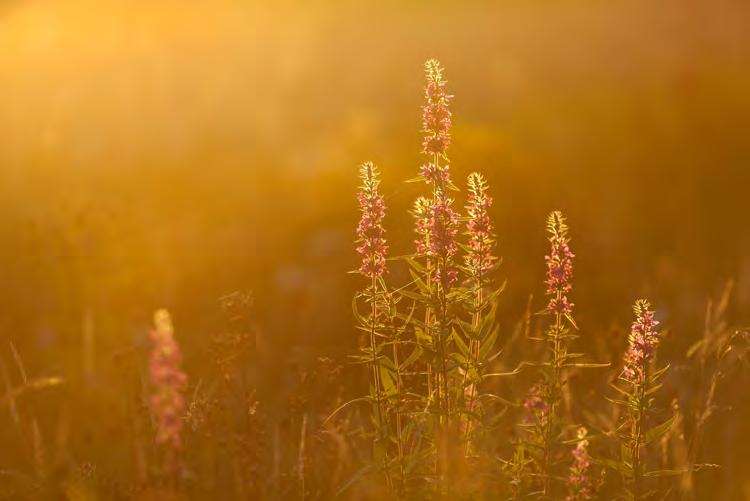
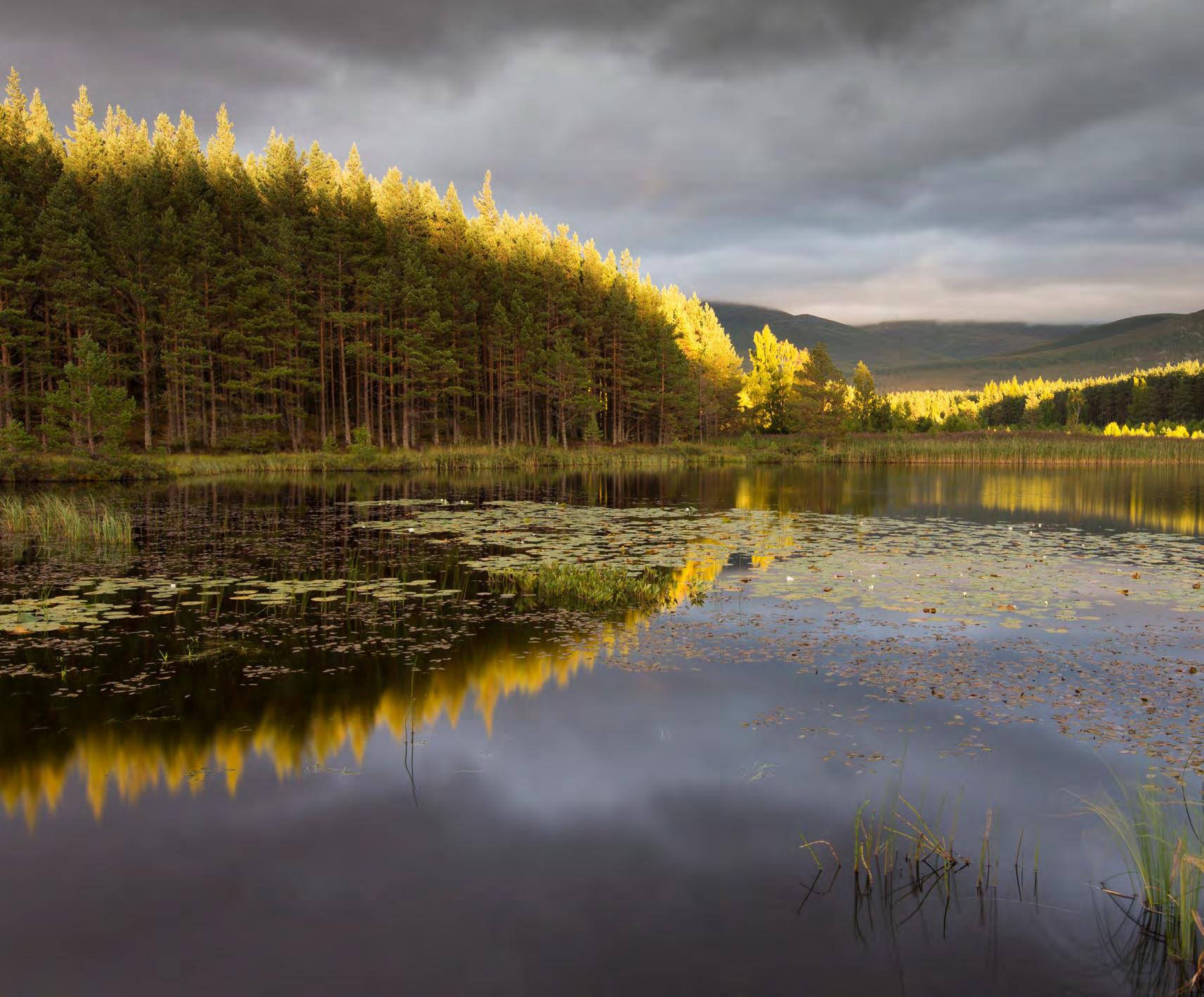
Late evening light caresses the uppermost tops of Scots pines that surround Uath Lochan, a diverse wetland oasis of lochans and bogs in the Cairngorms National Park.

